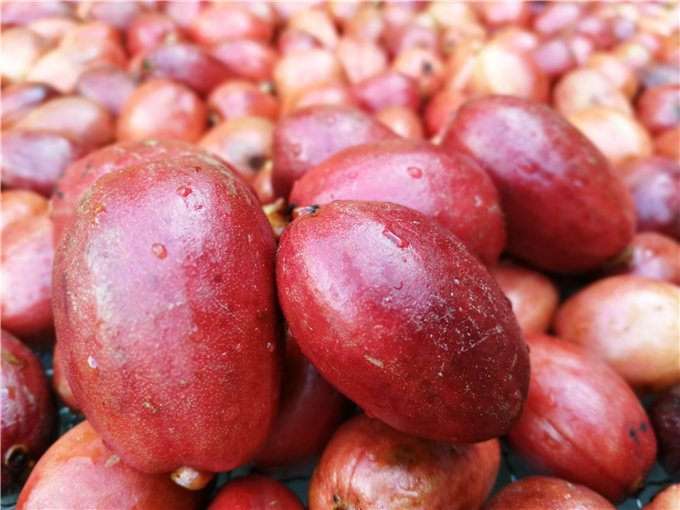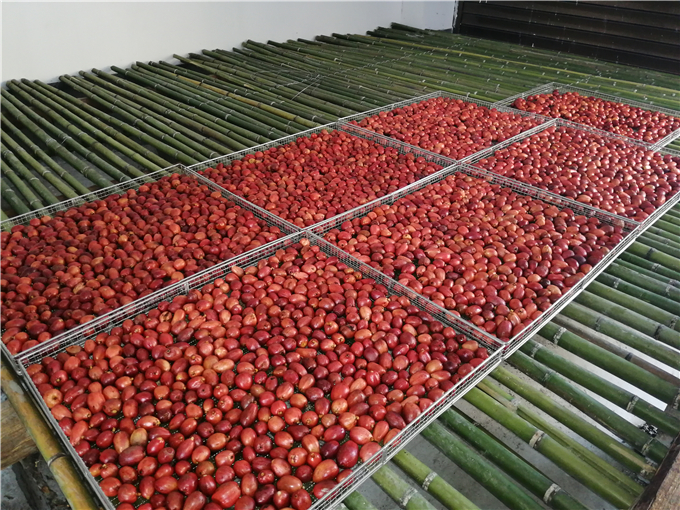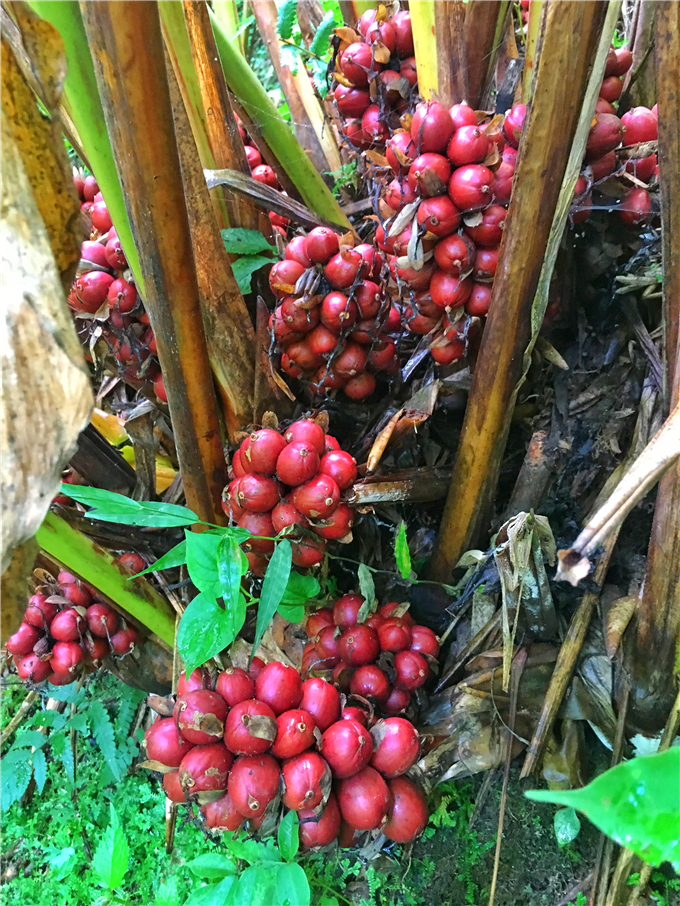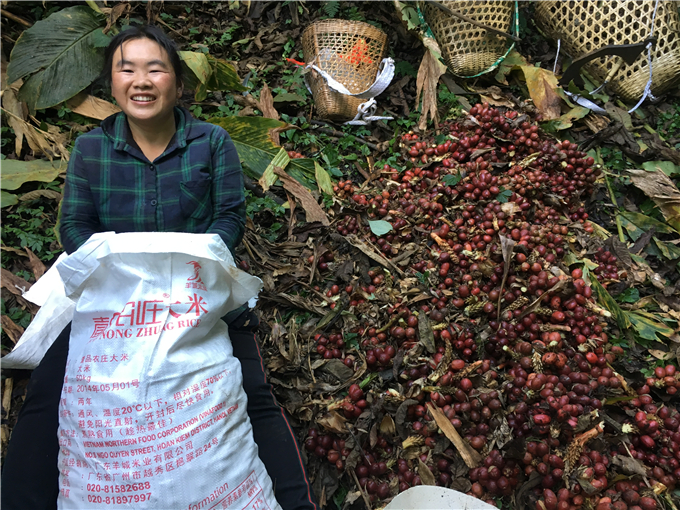Amomum tsao-ko lifts valley people out of poverty
Yaping Village is tucked away in Gaoligong Mountains. It belongs to Lumadeng Township, Fugong County, Nujiang Lisu Autonomous Prefecture in Yunnan Province. In the past, the villagers grew corn to eke out their livelihoods.

The corn, golden as it was, did not make the valley people rich. Instead, it intensified soil erosion and increased the likelihood of landslides, mudslides and other geological disasters. No matter how hard they worked, the villagers could not shake off the trappings of persistent poverty.
Then China launched a strategy of targeted poverty alleviation, and the battle to end poverty is now in full swing. A large number of officials came to help people in the valley find new ways of making money.

The poverty alleviation officials brought Amomum tsao-ko seedlings. They convened a meeting and told the villagers that the government offered subsidies for them to grow Amomumtsao-ko—a ginger-like plant known in English by the transliterated Chinese name “caoguo”. Cultivation of the plant would bring in more money to the region. After the meeting, however, most of the villagers kept tending their corn fields.
Since the villagers were unwilling to act, Party members took the lead. The Amomum tsao-ko growers received not only government subsidies, but also were taught new growing techniques. After the first harvest, the Amomumtsao-ko farmers earned five times more than those cultivating corn, when measured by unit of acreage.

Serious changes have taken place in the village. Corn acreage has decreased, villagers have began to eat rice instead of corn, everyone now has three meals a day when they used to only have two, and sturdy concrete buildings have replaced old-fashioned houses that were shared by both people and animals.
Jie Qiuye was a big corn grower in the village. In the past, by growing corn all year round, his six-person family earned only 8,000 yuan a year. He was one of the last villagers to start growing Amomumtsao-ko. Now his family grows 50 mu of Amomum tsao-ko. Although not all the plants have fruited, his family earned more than 48,000 yuan last year.

The village cooperatives purchase Amomum tsao-ko fruits from Yaping Village and other nearby towns so that the villagers can earn more. Today, besides 12,500 mu of Amomum tsao-ko, Yaping Village also grows 10,000 mu of Coptis chinensis, 300 mu of Paris polyphylla and 1,000 mu of tea.
Text translated from Xinhua; Photos by Gong Xia
Editor: John Li